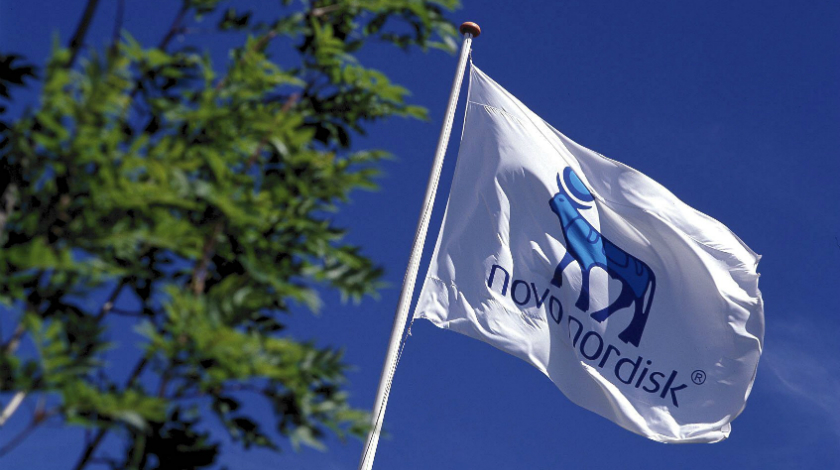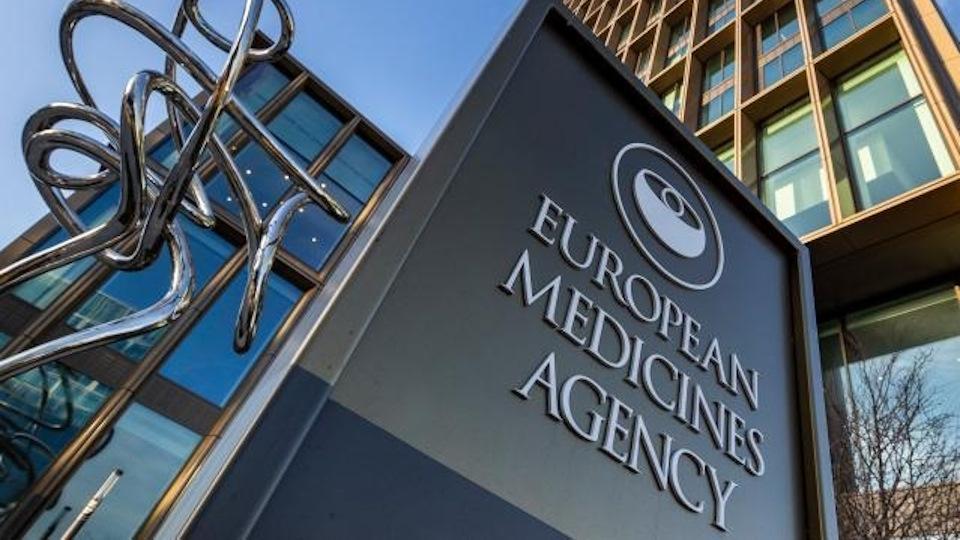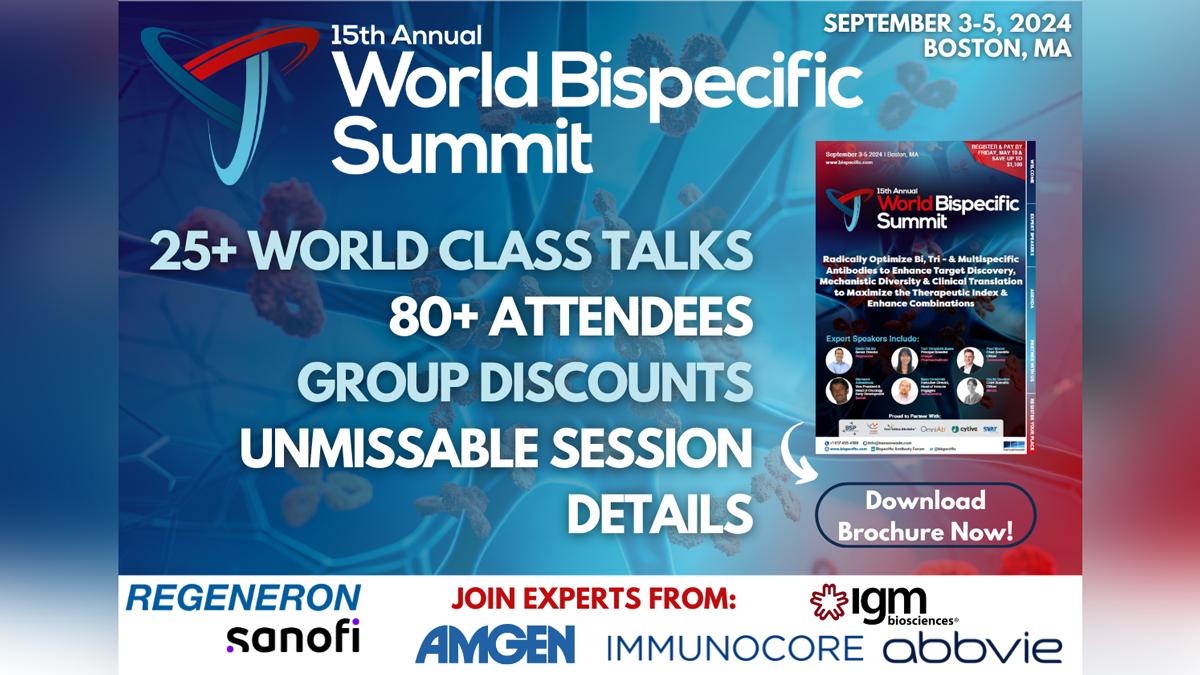Novo and Sanofi make case for hypo-reducing insulins at EASD

Novo Nordisk and Sanofi have gone head-to-head at this week’s European diabetes conference, with the two arch rivals trying to make the case for their competing insulins and their ability to reduce risk of dangerous “hypos” in patients with type 2 diabetes.
Diabetes drug makers are under pressure to demonstrate that their products represent value for money and Novo has been conducting trials confirming Tresiba’s ability to reduce “hypos”, to build support amongst patients and doctors.
The FDA has already updated Tresiba's label to include data from the DEVOTE trial showing it cuts risk of hypoglycaemia compared with Sanofi's older insulin formulation, Lantus (insulin glargine U100), and now the Danish pharma is gunning for the drug's more recent formulation, Toujeo (insulin glargine U300).
Novo Nordisk presented data from its Tresiba long-acting insulin has showed a lower risk of hypoglycaemia, at a significantly lower blood sugar level in patients with type 2 diabetes compared to Toujeo.
In the head-to-head trial Tresiba significantly reduced the rate of severe hypoglycaemia by 80% and nocturnal symptomatic hypoglycaemia when compared with Lantus during a maintenance period, and by 62% and 43% respectively in the total treatment period when compared with insulin glargine U300.
Novo added that the proportion of participants experiencing hypoglycaemia was also significantly lower in favour of Tresiba during both the maintenance and total treatment periods for all hypoglycaemia endpoints.
These reductions in rates and proportions of patients experiencing hypoglycaemia with Tresiba were seen alongside significant reductions from baseline in HbA1C.
CONCLUDE was a randomised, open-label, treat-to-target, multinational trial comparing the risk of hypoglycaemia with Tresiba vs insulin glargine U300 in 1,609 adults with type 2 diabetes.
Both treatments were administered once daily, with or without oral anti-diabetic drugs, in insulin-experienced participants. Endpoints were assessed during a 36-week maintenance period and a total treatment period of up to 88 weeks.
The primary endpoint was the overall number of severe (defined as an event requiring third party assistance) or blood glucose confirmed symptomatic hypoglycaemic episodes during the maintenance period.
Secondary hypoglycaemia endpoints included the number of nocturnal symptomatic and the number of severe hypoglycaemic events during the maintenance period, as well as basal insulin dose at end of treatment.
Other endpoints included change from baseline to end of treatment in HbA1c and fasting plasma glucose level and all three hypoglycaemia endpoints during the total treatment period.
Sanofi hits back with Toujeo switching data
However Sanofi did have a riposte – the DELIVER High Risk study, a retrospective analysis from electronic medical data from the US Predictive Health Intelligence Environment database.
The study used a statistical technique to evaluate outcomes for 2,550 patients who had switched from first generation basal insulin to Toujeo, matched with 2,550 who had switched to another old basal insulin
At 9-12 months both groups achieved similar reductions in HBA1C and incidence of hypoglycaemia, but patients who switched to Toujeo showed a 27% reduction in risk of hypoglycaemia requiring a visit to a hospital emergency department.
While Sanofi and Novo duked it out, the response from doctors attending the conference on twitter was mixed, indicating the demanding nature of the diabetes market as medics look to find optimal treatments for their patients.
https://twitter.com/sotonDSN/status/1174259049342410754
https://twitter.com/drpatrickholmes/status/1174641982087540736













